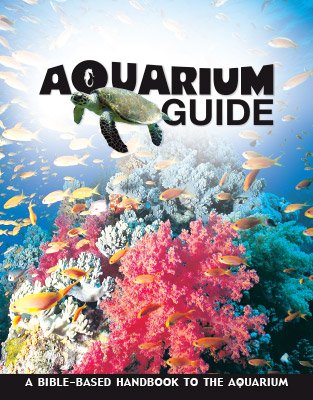Longnose Hawkfish
The longnose hawkfish often makes its home among flame corals, which have stinging cells called nematocysts.
Design

The longnose hawkfish often makes its home among flame corals, which have stinging cells called nematocysts. Why doesn’t the hawkfish get stung? The hawkfish has been designed with “skinless” pectoral fins, which allow it to come in contact with the stinging cells without getting stung.
Features
- The longnose hawkfish is colored in a red and white netted design. It has a long needle-nosed snout which it uses to pull food from tight places.
- This fish has large pectoral fins, which are perfect for perching on rocks and coral.
- The hawkfish has cirri, or hair-like filaments, on the spines of its dorsal fin.
Fun Facts
- The longnose hawkfish finds areas of coral, such as gorgonians (sea fans) and black corals, where it can perch and wait for food to swim or float by.
- This fish is perfectly camouflaged among the red gorgonians because of its matching tone and color.
- It often inhabits steep outer reef slopes exposed to strong currents.
CLASS: Actinopterygii (ray-finned fishes)
ORDER: Perciformes (perch-like fishes)
FAMILY: Cirrhitidae (hawkfishes)
GENUS/SPECIES: Oxycirrhites typus
Size: Up to 5 in (13 cm)
Depth: 30–300 ft (10–100 m)
Diet: Bottom-dwelling invertebrates and zooplankton
Habitat: Indo-Pacific: Red Sea and South Africa to the Hawaiian Islands, north to southern Japan, south to New Caledonia; Eastern Pacific: Gulf of California to northern Colombia and the Galapagos Islands
Aquarium Guide
With fun facts about more than 100 animals, this long-awaited Aquarium Guide includes beautiful pictures and reveals the incredible facts and design features that point to our amazing Creator. This handy size guide is excellent for school field trips and family trips to your favorite aquarium!
Browse Kids Book- © 2025 Answers in Genesis
- Privacy Policy
- Contact
- About

